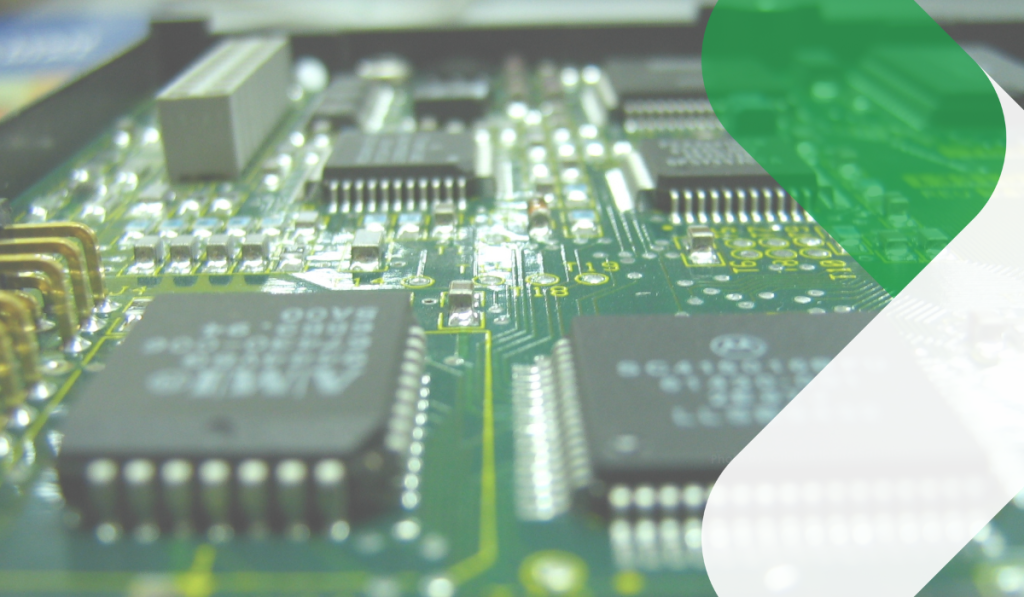The transition from centralized cloud processing to distributed intelligence at the edge represents an important shift in how computing is designed and deployed in the era of AIoT. This is not simply a matter of optimizing performance. It is a direct response to real-world constraints and demands: the need for ultra-low latency, bandwidth efficiency, enhanced data authority, and autonomous operation in disconnected or bandwidth-limited environments. In mission-critical domains such as autonomous vehicles, smart manufacturing, and real-time health monitoring, relying on cloud-based decision-making can introduce significant delays. In such contexts, even a fraction of a second matters. As these use cases multiply, the traditional cloud-centric architecture proves insufficient, pushing the industry to rethink the entire computational model.
The semiconductor industry has risen to meet this challenge with some genuinely impressive engineering. Modern chip design is rapidly evolving to meet the requirements of edge AI, with a focus on energy efficiency, high computational density, and adaptability. Advanced process nodes, such as 5nm and 3nm technologies, enable the integration of billions of transistors into compact, low-power packages. These capabilities are especially critical for battery-operated IoT devices, which must run AI workloads locally without frequent cloud interaction. Today’s cutting-edge silicon not only supports localized inference and pattern recognition but also enables adaptive behavior in real-time, even within resource-constrained environments.
The Semiconductor Industry at a Glance
However, the semiconductor landscape is not only defined by technological breakthroughs. Economic forces and strategic considerations also shape it. The global semiconductor market is expected to expand by over $157 billion between 2025 and 2029, driven by significant growth in the increasing adoption of IoT devices across various domains, including industrial, automotive, and urban infrastructure. Each of these verticals comes with unique technical requirements: industrial IoT demands durable, long-lifecycle chips capable of withstanding extreme conditions. The automotive sector requires high-performance, safety-certified silicon to support driver assistance systems and autonomy, and smart city applications rely on semiconductors that can endure variable climates while powering expansive sensor networks.
Adding to these technical demands are broader concerns about supply chain stability and geopolitical dynamics. Recent chip shortages have exposed vulnerabilities in global manufacturing ecosystems, prompting a wave of investment in domestic fabrication capabilities and technology sovereignty initiatives across North America, Europe, and Asia.
The Expanding IoT Ecosystem and Semiconductor Demand
IoT is experiencing a dramatic growth in scale, with projections indicating that over 75 billion devices will be connected to the internet by 2025. This remarkable growth is not just a matter of quantity. It fundamentally transforms the way we generate, transmit, and process data. From environmental sensors and smart meters to industrial machines and connected vehicles, each device continuously produces data streams that capture everything from physical conditions to user behaviors. These data streams must be processed either in real-time or near real-time to enable intelligent decisions, responsive systems, and predictive maintenance across diverse industries.
This level of data generation places unprecedented strain on conventional computing models. Centralized cloud architectures, while powerful, simply cannot accommodate the bandwidth requirements or meet the ultra-low latency demands of tens of billions of simultaneously active devices. As a result, we are witnessing a paradigm shift toward distributed computing, where intelligence is directly embedded into devices and localized edge infrastructure. In response to this need, the semiconductor industry is rapidly innovating to develop highly specialized chips that can handle dedicated tasks, such as sensor fusion, anomaly detection, and pattern recognition, directly on the device, thereby bypassing the delays and constraints of cloud-based processing.



